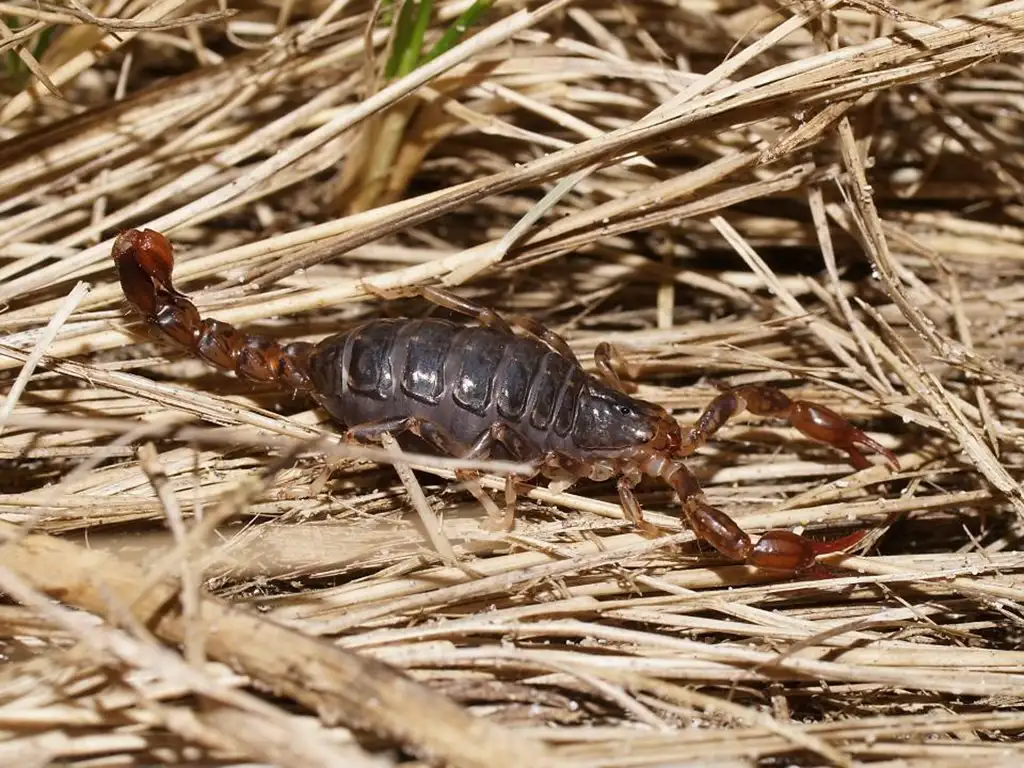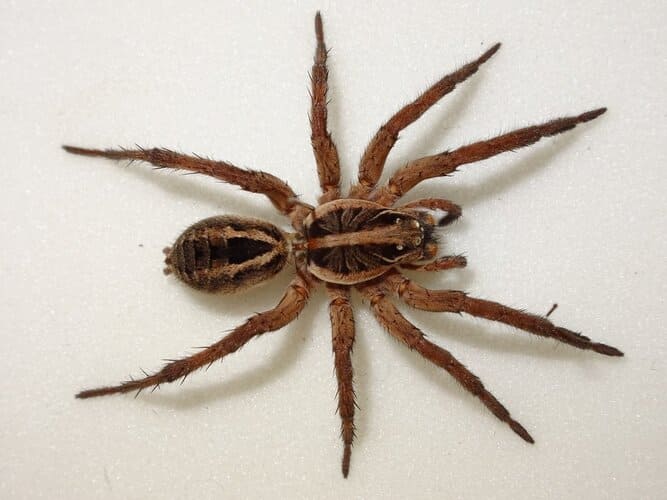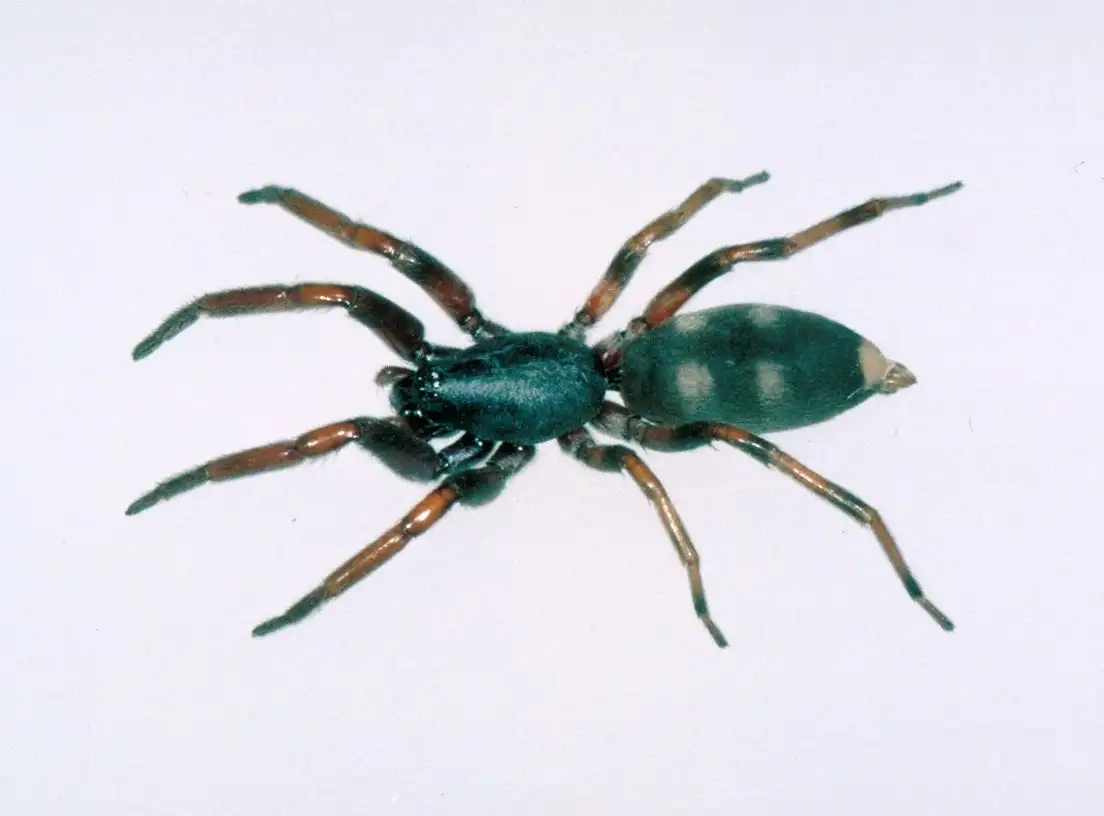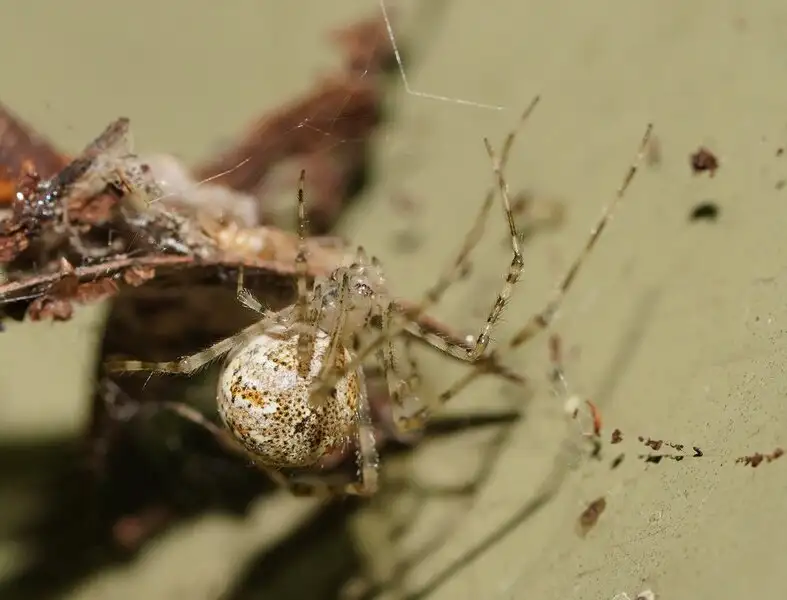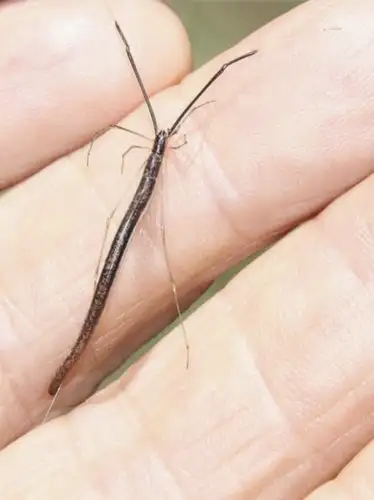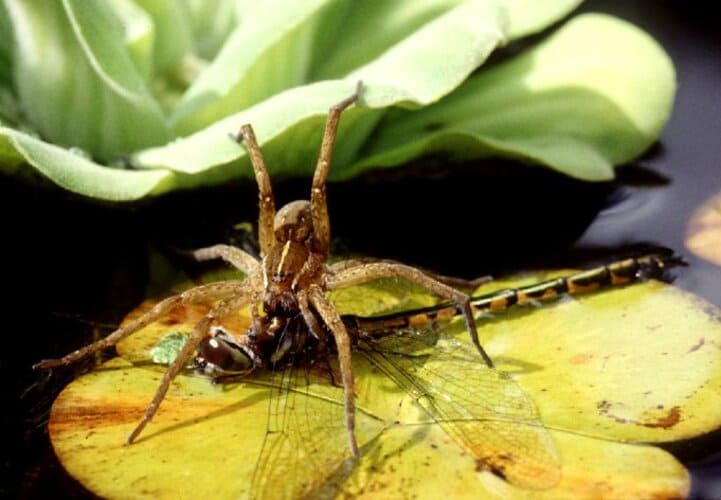Oratosquilla oratoria
IUCN
LCBasic Information
Scientific classification
- name:Oratosquilla oratoria
- Scientific Name:Oratosquilla oratoria,Mantis shrimp, mantis shrimp, mantis shrimp, mantis shrimp
- Outline:Arthropoda
- Family:C.Malacaridae C.Shrimp O.Stomatopoda Suborder:Monoscuta F.Scolopendra G.Scolopendra
Vital signs
- length:10-15 cm, up to 30 cm
- Weight:50-100g
- lifetime:About 2 years
Feature
It has a ferocious temperament and can attack with great force, even breaking glass.
Distribution and Habitat
It has a very wide distribution range, from the Peter the Great Bay in Russia to the coast of Japan and China, the Philippines, the Malay Peninsula, and the Hawaiian Islands.
Appearance
There is a movable trapezoidal frontal plate in the center of the front edge of the cephalothorax, and in front of it there are movable eye segments and antenna segments. The abdomen is wide, with a total of six segments, and there is a wide and short tail segment at the end, with a central ridge on the back and strong spines on the rear edge. The first antenna handle is slender and divided into three segments, with three tactile whips at the end, which are used for touch. The second antenna handle has two segments, with a tactile whip and an oblong scale on it. The mouthparts and mandibles are very hard, divided into the molar part and the incisor part, both of which have tooth-like protrusions that can cut and grind food; the mandibular antennae have three segments, which are not obvious and have sensory functions. The first maxilla is small, with two protopods, and its inner edge has stinging hairs. The second maxilla is thin and composed of four segments, with dense hairs on the in
Details
The Latin name of mantis shrimp is Oratosquilla oratoria. It is found along the coast of China. The most common species is the mantis shrimp of the family Mantischidae and the genus Oratosquilla.
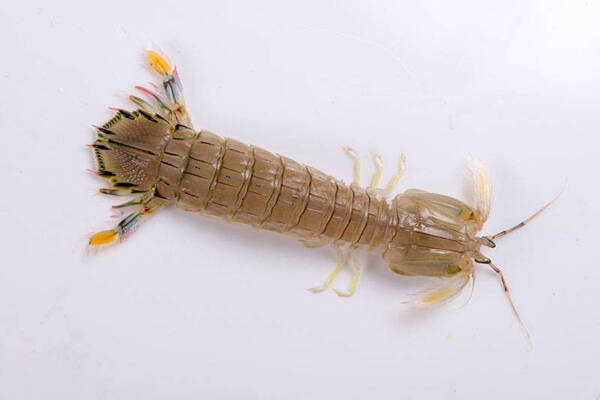
Most mantis shrimps live in caves, often digging holes in the sandy or muddy bottom of the shallow sea, and the holes are mostly "U" shaped. Stomatopods are carnivorous and prey mostly on small invertebrates. These animals can make sounds by rubbing the tail limbs against the ventral surface of the tail segment or striking with the limbs.
Mantis shrimps are ferocious and have very sharp eyesight. Because they are good at swimming, most of their prey are bottom-dwelling creatures that are not good at swimming, including various shellfish, crabs, sea urchins, etc. They can easily break the outer hard shell of their prey and enjoy the meat inside.
Mantis shrimps are very good at ambushing. A strong attack can kill the enemy. Lobsters covered with calcified armor and crabs passing by quietly on tiptoe are often attacked by mantis shrimps. The fierce blows of the two hammer segments of mantis shrimps can destroy the crab's nervous system and kill it on the spot. It uses the barbed arms under its head to quickly stab its food, which is quite similar to a mantis. There is a kind of mantis shrimp with palm segments that is even more powerful. Mantis shrimp with palm segments are lighter in weight, and their protective devices have evolved to withstand continuous blows. Like the ancient Roman gladiators, they hide behind a shield made of a curled tail when fighting to avoid enemy attacks. Mantis shrimp are extremely aggressive and often appear fearless. They can catch cephalopods that are 10 times larger and 10 times heavier than their bodies. Cephalopods such as octopuses find a crack to hide and think twice before daring to approach the mantis shrimp's nest. Fish are the main enemy of mantis shrimp. After being caught in the open, they always have to fight. The mantis shrimp struggling in the hunter's mouth is difficult to swallow, and many are spit out intact.
Mantis shrimp, a smart marine creature, has a pair of powerful claws that are quite powerful when attacking, and can break glass and even pinch off a person's fingers. Biologists say that mantis shrimp ranks second in the animal attack speed ranking, second only to the large jaws of soldier ants. Some species of mantis shrimp even have a pair of "hammers" hidden under their bodies that can attack at a speed of 60 kilometers. When it attacks its prey, it can eject the hammers within 100,000th of a second, and the impact force of the ejection can reach up to 60kg. The high temperature generated by friction can even cause sparks in the surrounding water.
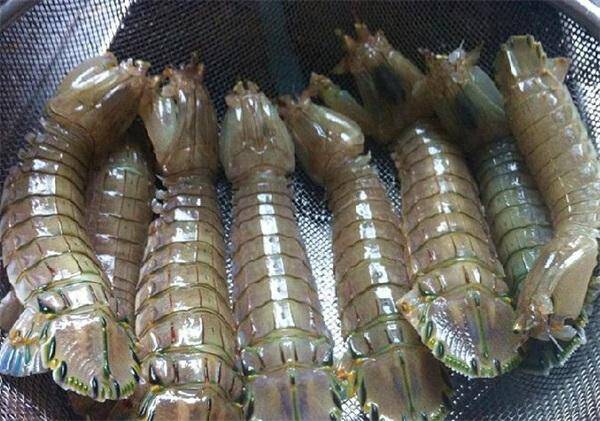
During the breeding season, white "王"-shaped gelatinous glands appear on the ventral surface of the 6th to 8th thoracic segments of females. Sexual maturity at 1 year, most scholars believe that mating occurs before the female mantis shrimp molts in September to November; some believe that mating occurs shortly before spawning; and some believe that mating occurs several months before spawning. Generally, mating is performed once, and re-mating also occurs from time to time. Its breeding season is from April to September, and the peak season is from May to July. During the breeding season, the ovary chest from the fourth segment to the tail segment is yellow-brown, with melanin distributed on the back, and the pigment is concentrated on the midline of the body axis. The thickness of the ovary is the largest at the fifth and sixth segments, and the tail segment is enlarged, filled with the tail segment, and fan-shaped. The testis is milky white. The average egg-laying capacity of mantis shrimp is 30,000 to 50,000, and the maximum is 200,000. The egg-laying capacity is related to the length of its cephalothorax. It is reported that the biological minimum size of mantis shrimp for the first sexual maturity is about 80 mm. The ovarian development of mantis shrimp is asynchronous, so it can be raised multiple times during its breeding season. After spawning, it will guard its eggs.
Mantis shrimp meat contains more water, the meat tastes sweet and tender, light and soft, and has a special and attractive fresh taste. Every spring is its spawning season, and it is best to eat it at this time. The fat mantis shrimp has a full head of fat, and the meat is very tender and delicious, but unfortunately there is more shell than meat.
Protect wild animals and stop eating game.
Maintaining ecological balance is everyone's responsibility!

